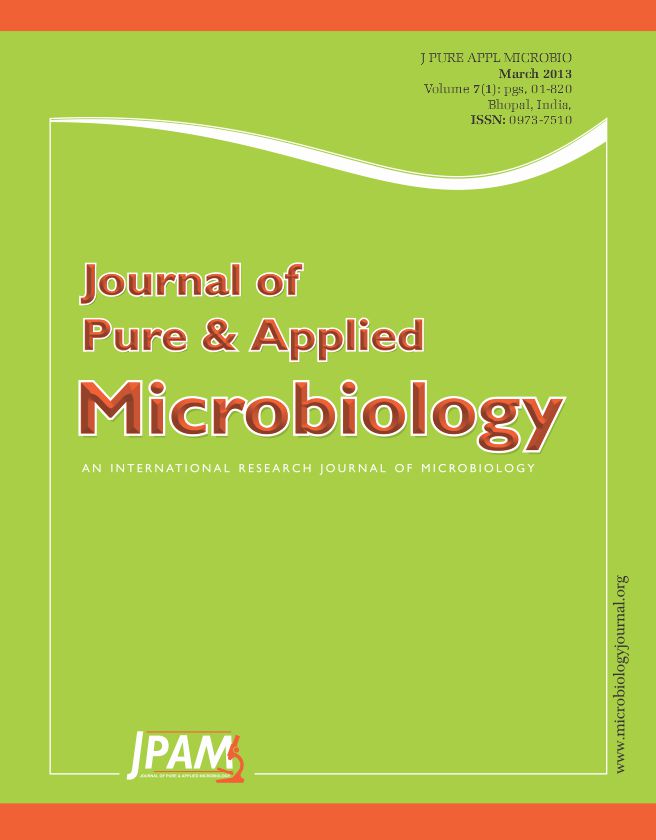There has been increasing number of reports indicating wide use of entomopathogenic fungi as biological control agents against broad range of insect pests, including stored product insects. However, the success of entomopathogenic fungi in controlling insect pests varies because of unfavourable and fluctuating enviraonmental conditions and other factors. One strategy to enhance entomopathogenic fungal efficacy is a combined use of entomopathogenic fungi with sub-lethal doses of pesticides. Therefore, in the present study compatability of Metarhizium anisopliae (with respect to mycelia growth, spore germination and biomass production) with different concentrations of pesticides was carried out. The results demonstrate that, of the five pesticides tested, only deltamethrin at 250ppm concentration has shown 100% spore count in Sabouraud Dextrose Agar (SDA) followed by 96.73% in Potato Dextrose Agar (PDA) medium. Almost similar results were obtained when 250ppm of chloropyriphos was amended to PDA. Also, in most of the treatments addition of pesticides to Czapek Dox Agar (CDA) yielded poor percentage of spore count than SDA and PDA. Furthermore, among the five pesticides studied for compatibility of Metarhizium anisopliae, only phorate was more toxic than other four pesticides. Therefore, it is possible to use the other four pesticides in low concentrations (sub-lethal levels) combining with Metarhizium anisopliae for Integrated Pest management (IPM).
Entomopathogenic fungi, Pesticide toxicity, Fungal biomass and Compatability
© The Author(s) 2014. Open Access. This article is distributed under the terms of the Creative Commons Attribution 4.0 International License which permits unrestricted use, sharing, distribution, and reproduction in any medium, provided you give appropriate credit to the original author(s) and the source, provide a link to the Creative Commons license, and indicate if changes were made.


